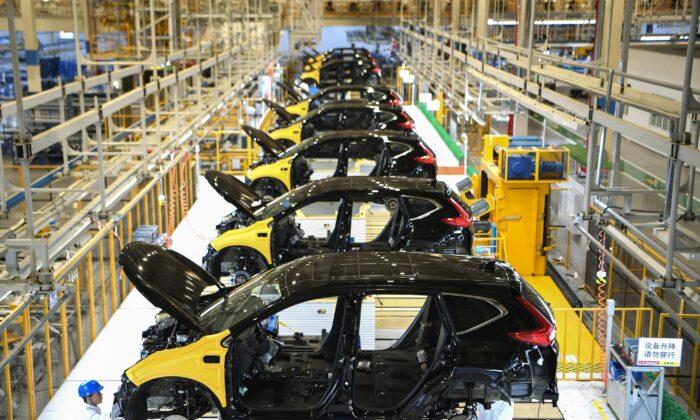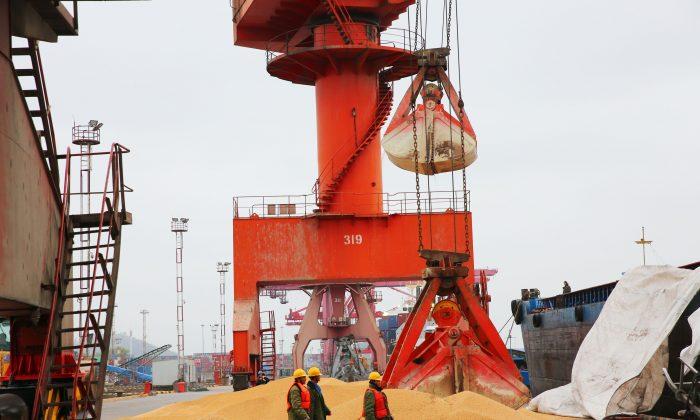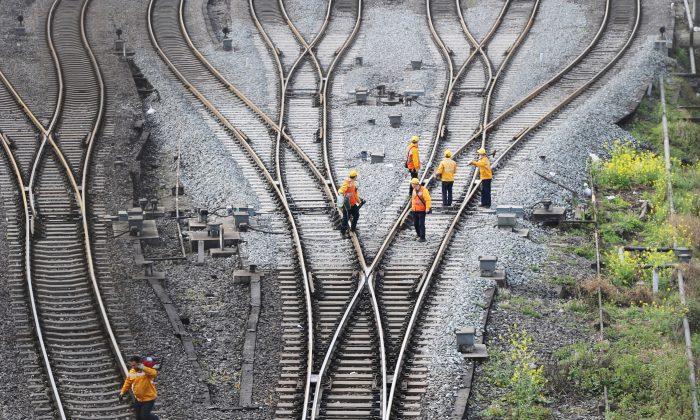The United States is set to reshore substantial manufacturing capacity as China’s demographic time bomb will soon explode, pushing wages higher as retirees spend down their savings.
Despite China’s labor force tripling from 341 million in 1950 to a peak at just over 1 billion in 2010, the nation’s old-age “dependency ratio” (ratio of population aged 65+ per 100 worker population aged 20 to 64) rose from 8.7 percent to only 12.4 percent, according to a report by China research firm Enodo Economics. As a result, China enjoyed six decades of high worker growth and modest cost burdens for retirement and healthcare.
Bringing China’s massive labor force into the World Trade Organization (WTO) in 2001 created an industrial dynamo that saw its share of global manufacturing value-added leap from 11 percent in 2005 to 25 percent by 2018. The biggest WTO member loser was the United States, that saw its global share plunge from 20 percent in 2005 to 15 percent by 2018, according to data from Enodo Economics.
China’s labor force passed 1 billion in 2010 and remained stable at that level over the last decade. The report found the WTO spike in labor demand and stalling labor growth caused average Chinese worker wages to increase by 326.6 percent from 2005 to 2017; about ten times faster than the 34.3 percent wage growth for the average American worker in the same time period.
Due to the demographic time bomb, the number of Chinese students attending college fell from 22.4 million in 2010 to 15.6 million in 2018. The current number of “entering” college students fell from 8.7 million to 5.6 million in the same time period, according to Enodo Economics.
Not only are the number of Chinese college students declining, but 34.8 percent of graduates’ state that their “ideal job” is working for the Communist Party or a government organization, despite only 8 percent of job availability. About 45.2 percent of available jobs are private enterprises, but only 10.3 percent of college graduates call such a job “ideal,” according to a survey by JP Morgan, Tsinghua University and Fudan University.





